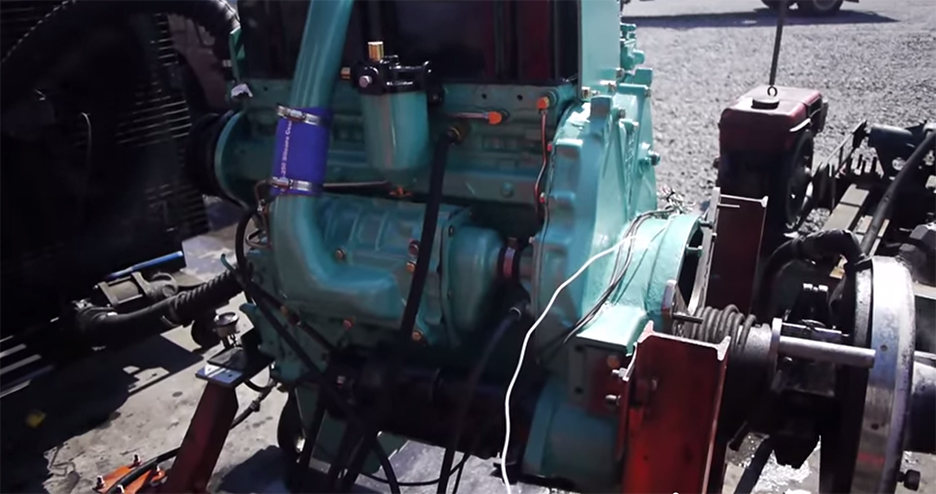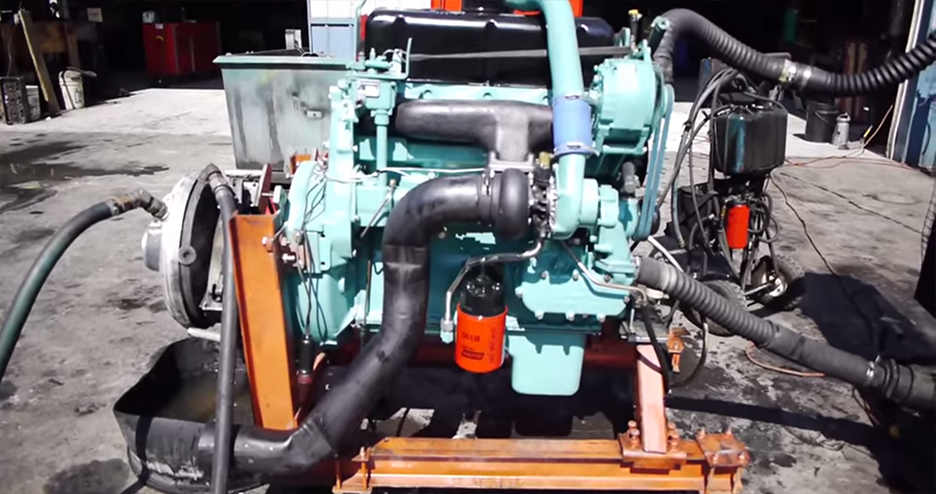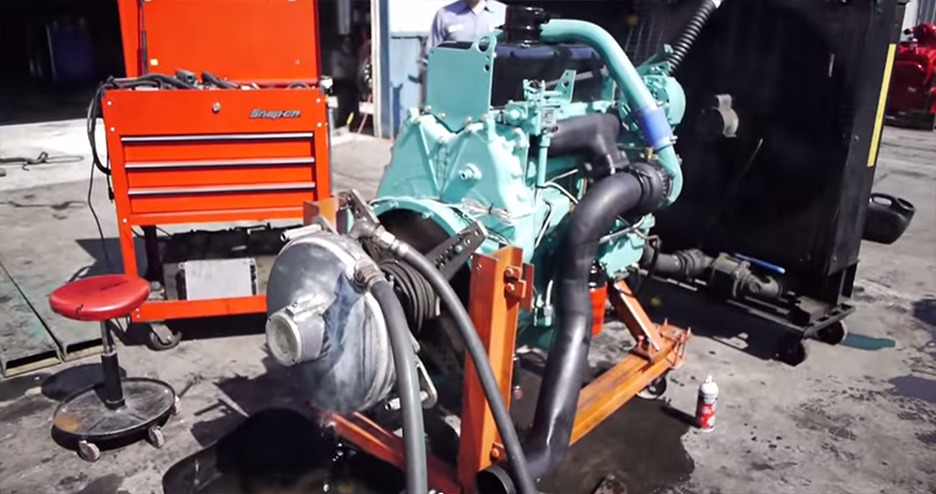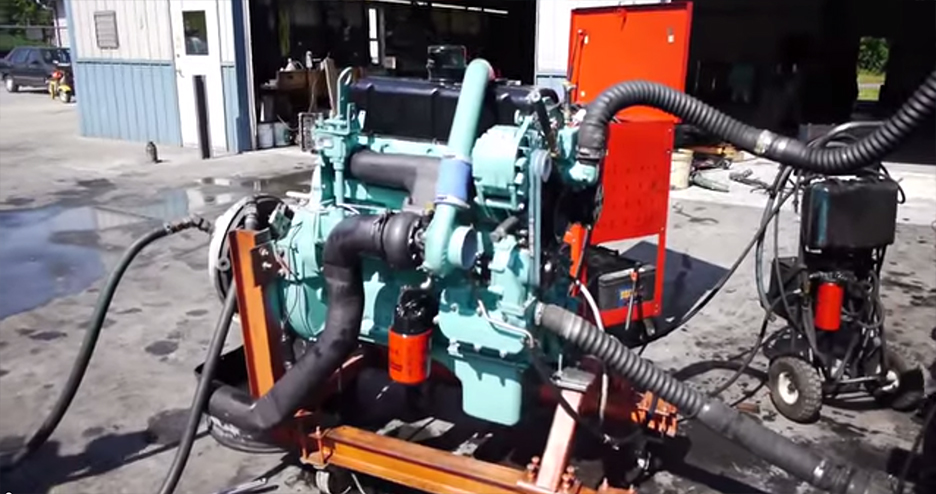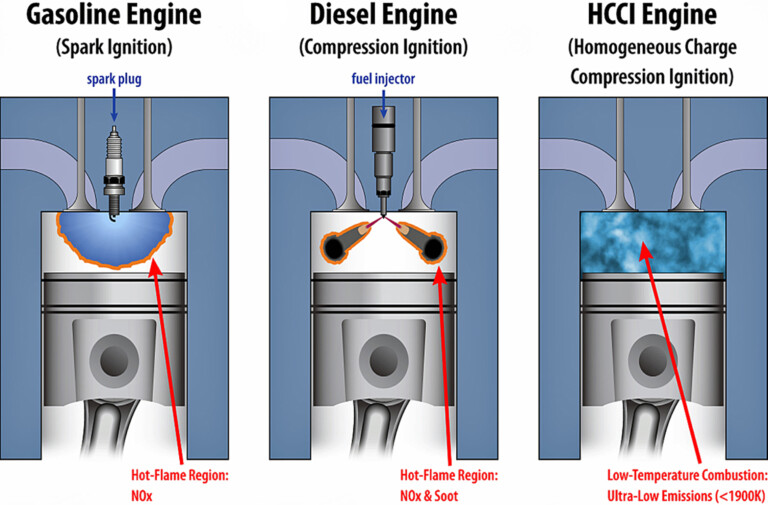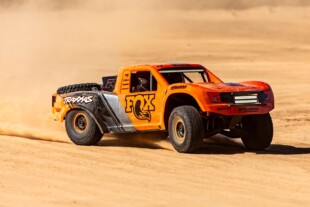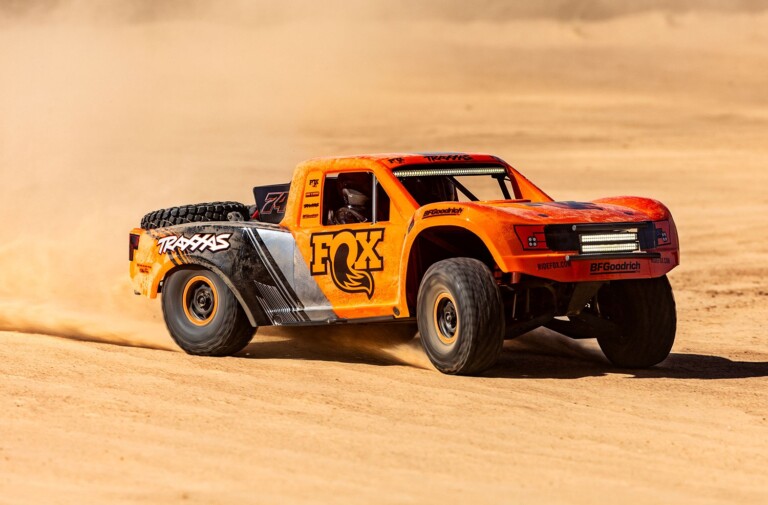If you aren’t familiar with Detroit Diesel’s naming convention. Here is a quick break down. The first numbers before the dash are how many cylinders there are (options were 1, 2, 3, 4, 6, 8, 12, 16, 20 and 24). Since this particular engine is a 4-53T, there are 4 cylinders. Next, is a “-” or “V”. The dash represents inline and the V represents a V engine.
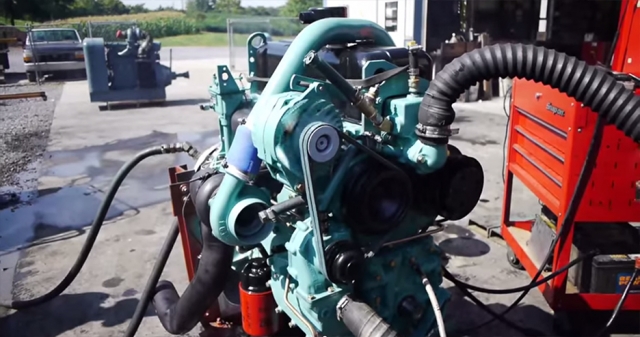 The next group of numbers represents the displacement of each cylinder in cubic inches (ci). The most common and popular engine series are the 53, 71 and 92, but there were more than these three made (they went to over 1,000 ci per cylinder). The larger displacements, like the 149, were in big commercial equipment (mining applications and construction equipment) as well as marine. Many of these engines found their way overseas. One of the larger engines Detroit had built was a 20V149. That is 2,980 cubic inches and was capable of producing just under 3,000 horsepower.
The next group of numbers represents the displacement of each cylinder in cubic inches (ci). The most common and popular engine series are the 53, 71 and 92, but there were more than these three made (they went to over 1,000 ci per cylinder). The larger displacements, like the 149, were in big commercial equipment (mining applications and construction equipment) as well as marine. Many of these engines found their way overseas. One of the larger engines Detroit had built was a 20V149. That is 2,980 cubic inches and was capable of producing just under 3,000 horsepower.
Once you get past the displacement, there could be some additional letters. If there is a “T” then the engine was turbocharged. An “A” means aftercooled. There is even a TTA, which means twin turbo aftercooled.
Now, that we have the naming convention out of the way, this 4-53T was originally in a 1979 Brazilian truck before the currently owner rebuilt it.
The engine is fed with a Garrett T04B turbocharger with a 0.96A/R turbine housing, which feeds a 4-53 blower. The reason this engine isn’t aftercooled, is because the T04B is only producing 10 lbs of boost and the blower is outputting 20, so it is also, making about 10 lbs of boost. At these low pressures, you can get away without running an intercooler or aftercooler.
While the engine sounds like it is revving to the moon, it is actually only turning 2,900 rpms. With it being a 2 stroke engine, it is firing as often as a 4 stroke engine turning 5,800 rpms. These really aren’t designed as high horsepower engines; these are just good torque producing diesels of old. This was video was shot at Leid Diesel and this dyno is just meant to load the engine. It isn’t anything that they can extrapolate horsepower or torque numbers.



